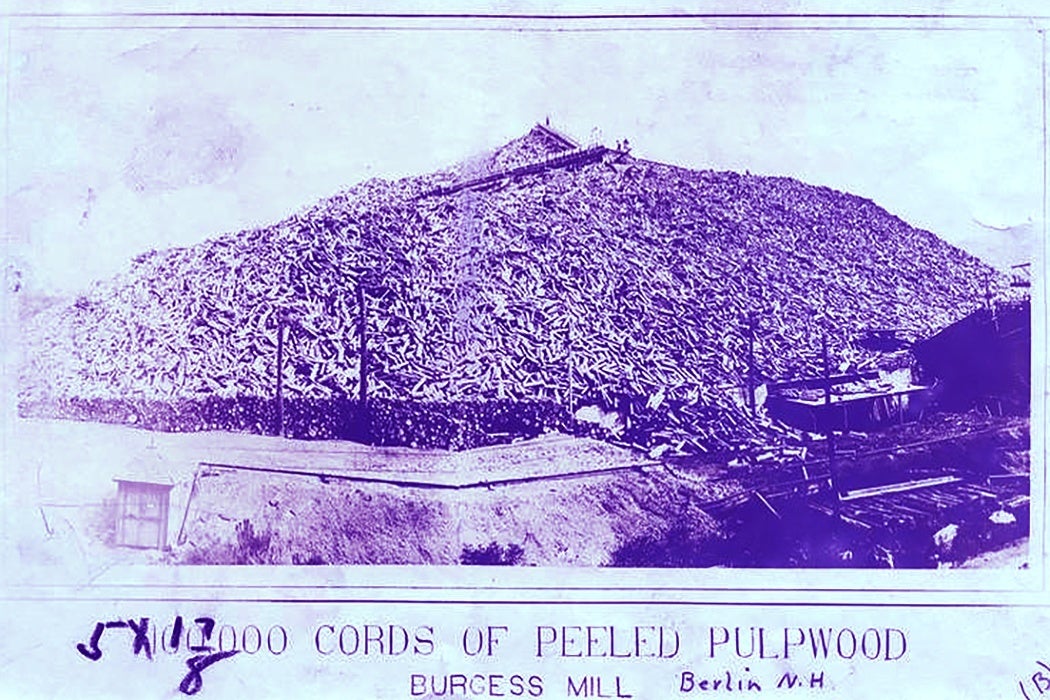Television and tabloid fodder such as sex scandals, celebrity lifestyles, fires and other disasters are now rather old forms of “news,” but did you know that the rise of sensationalist journalism was intimately linked to the production of wood pulp? Wood pulp paper, a seemingly low-tech material, revolutionized American media in the second half of the 19th century. David C. Smith details this historical transformation in the Business History Review.
Before the Civil War, paper was made of rags, often sourced from used clothing. This recycling had its limits, making paper an expensive product, one that grew costlier as the demand for paper expanded. Smith notes that more than 44 million pounds of rags were imported into the U.S. in 1857, double the 1847 amount. But in 1857, France and other countries, concerned about their own paper industries, banned rag exports; Russia put an exorbitant tax on them in the same year.
Alternatives to rag paper included grass, straw, bamboo, hemp, hops, flax, and mulberry, but it was wood pulp that took off. The first factory for grinding wood into pulp opened in the U.S. in 1867. Wood-pulp paper was much cheaper (and also a lot less durable), so newspapers and book publishers could pass on their savings. Cheaper newspapers lead to circulation wars, which demanded even more paper, which in turn led to cheaper economies of wood pulp, all fueled by the seemingly endless forests in the upper Midwest, then the Southeast, then the Northwest. (Of course those forests weren’t endless, but that’s another story.)
Smith’s writing fills a gap in newspaper histories; few had considered the centrality of the technology of wood pulping. But his cultural message is also telling: cheap newspapers gave rise to mass media, yellow journalism, and the first great media moguls, including William Randolph Hearst and Joseph Pulitzer. The “pulps,” cheap paperback fiction named after their paper, would also result from the great forests of North America. And there were even larger effects:
as America became a powerful nation in world affairs, the daily press played an increasing role in the public’s life and contributed toward a more homogeneous American body of opinion.
We were what we read in the papers, just as now we are probably what we read and see on all the tentacles of the internet. More than a century after the coming of cheap, wood-based paper, we’re the inheritors of that first mass media and the lurid, sensationalistic “yellow journalism” it spawned.







